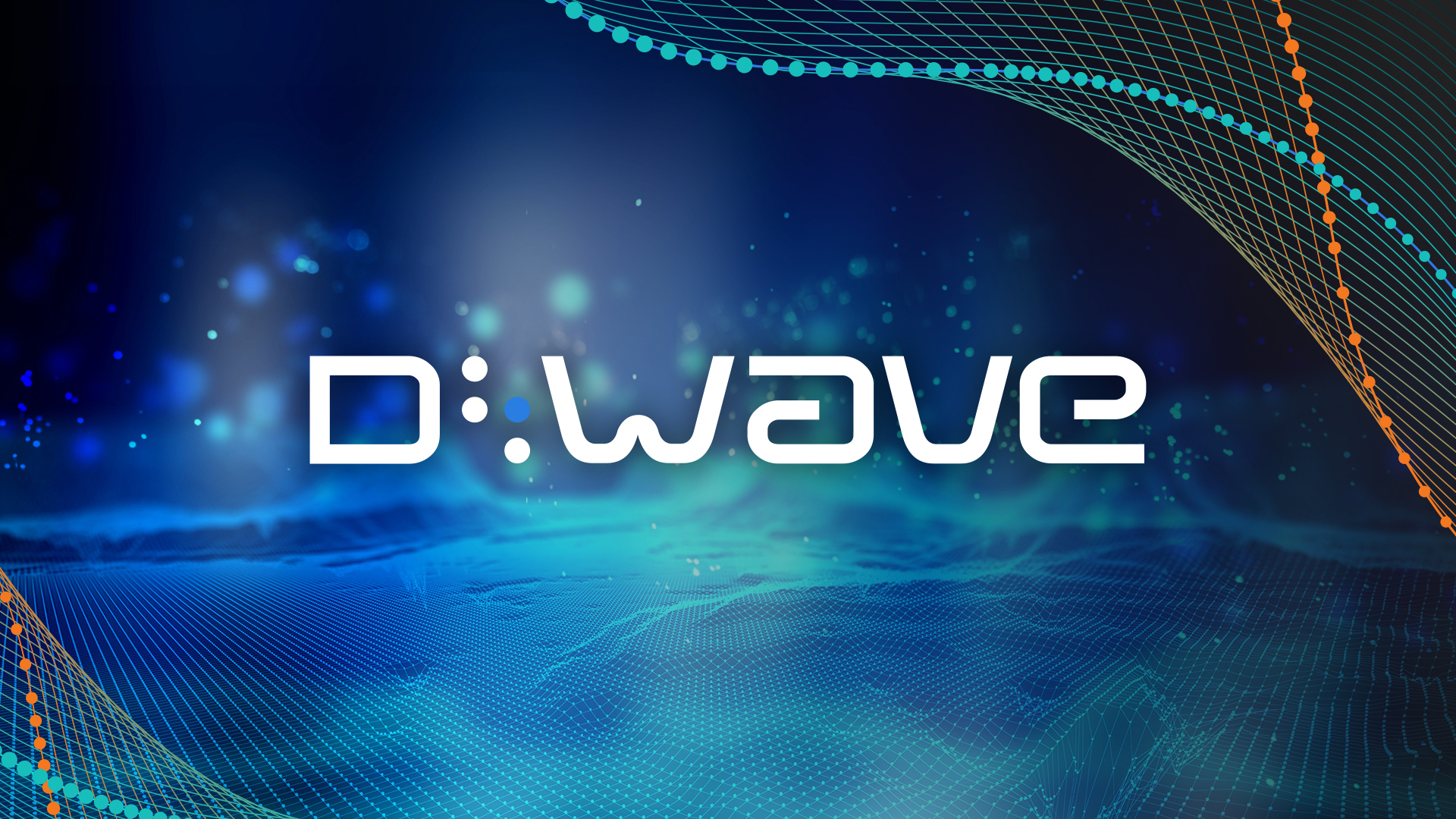Fuelbreak placement is an important consideration in fire management. Historically, strategies for placing fuelbreaks have mostly fallen on the experience of fire managers such as following ridgelines or other landscape features. More recent efforts have searched for a formal placement strategy but have struggled to scale to large areas.
To this end, Samuel Dent, a research mathematician with the U.S. Army Engineer Research and Development Center (ERDC), presents a strategy utilizing equal graph partitioning and quantum computing to determine the placements with speed and efficacy. By posing partitioning as a quadratic constrained binary optimization problem, the researchers found that D-Wave’s quantum hybrid solvers could complete the task in seconds. Results for the examined area show two alternatives to the ridgeline method in a worst-case fire scenario: one with a 2.9% improvement in land separation equality while clearing 76 less acres, and another with equality improvement of 12.4% by clearing 19 more acres. These findings demonstrate the effectiveness of equal graph partitioning for fuelbreak placement and the speed and power of D-Wave’s hybrid solvers.
